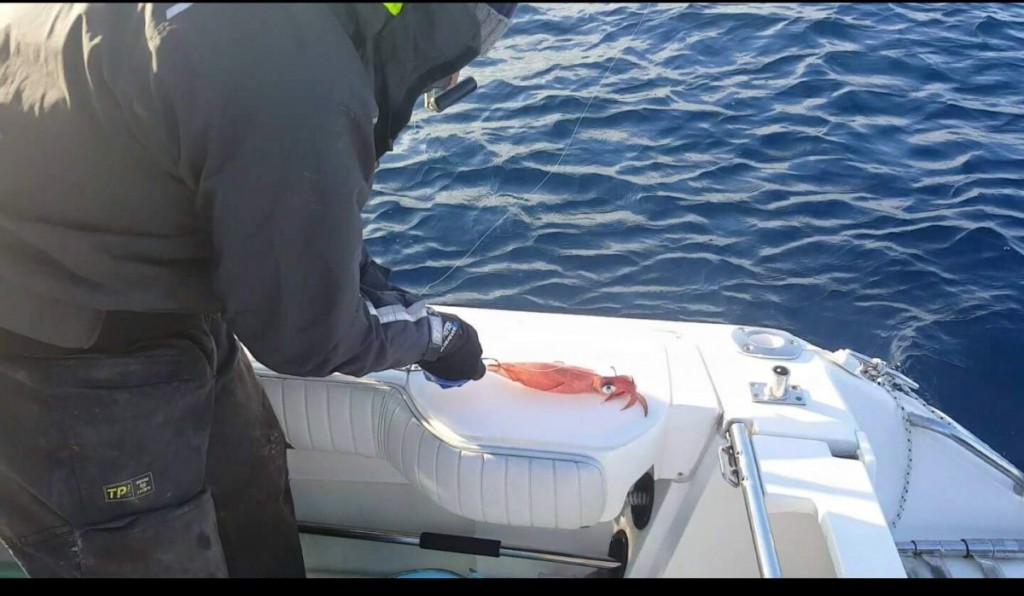A fishing lesson with Liguria Nautica: trawling with live bait
A brief guide by Liguria Nautica on how to best practice trawl fishing with live bait, thanks to some practical advice which will help you on your outings.

A fishing lesson with Liguria Nautica: trawling with live bait
A brief guide by Liguria Nautica on how to best practice trawl fishing with live bait, thanks to some practical advice which will help you on your outings.
One of the most used techniques by amateur fisherman is trawling with live bait. One of the favourite baits for predator fish like snappers, amberjacks and grouper, and as a consequence for fishermen, is squid. It is advised to look for it along the coast, where it is easier to find and catch it. Over the last few years, the gear used to practice this technique has become lighter: 8lb multiplier reels have substituted the 20lb ones, and rods are now much lighter, and no longer over 12 lb. This allows us to make less effort in fighting the fish, and allows us to feel even the smallest nibbles, thanks to increased sensitivity.
TRAWLER FISHING WITH LIVE BAIT
In order to find squid, you need to go out in the early morning, before dawn. There are two techniques: trawling with trolling sinkers or squid jigs with tataki (artificial lures that look like shrimp). A good tank for live bait, of at least 100 L, will allow us to keep our bait alive for a few hours. Squid need to be looked for on sea floors ranging between 20 and 10 metres, near shoals of small fish which they prey on, and which our echo sounder will show us. After having caught the squid they need to be threaded onto a 2 hook assembly (trolling sinker 2/0 which will hook the top of the skin, and 5/0 hook to position in the middle of the eyes between the tentacles) with a final line of at least 15m in 0.50 fluorocarbon, to which a minimum of a 400g weight will be added to a section of the line, with a swivel.
Trawling will be done at the speed of one knot to allow our bait to swim in the most natural way possible. There are a number of methods to slow our boat, from trolling valves for inboard engines, to floating anchors or easy trolling for outboard engines. With the help of the echo sounder we will try and fish near some rock, mixed with sand, or near a shipwreck, which is where we will hunt our prey. We will position the rod in its holder with a slightly stiff clutch. As soon as the tip of the road starts moving, take it in hand and wait for a more decisive bite from the fish, as soon as the tip bends, pull up decisively at least 2 or 3 times to embed the hook into the fish’s palate. Try to lift it immediately from the sea floor, pulling up with the rod, but without closing the clutch in order to indulge in runs. The first few minutes will be decisive, because as soon as the fish begins to rise towards the surface it will begin to suffer from embolism and it will be easier to recover it much more easily, to then scoop it up in the net.
Maximiliano Ricci
(Sports director for TOP ANGLERS)
For other advice on fishing, visit our column: Foray to the Fish Shop
Topics: trawling, trawling with live bait





